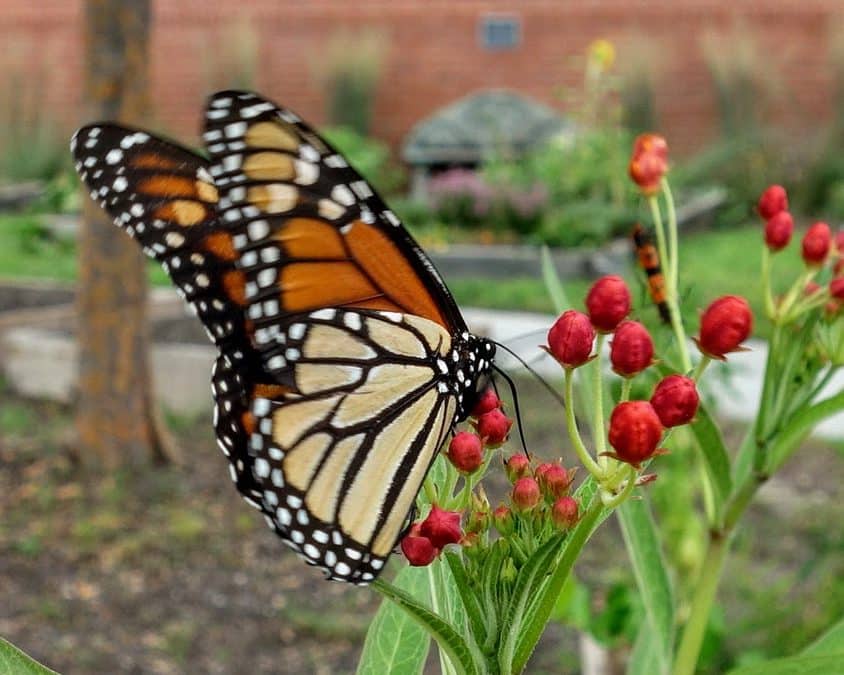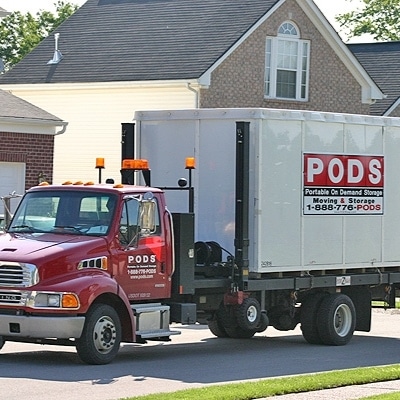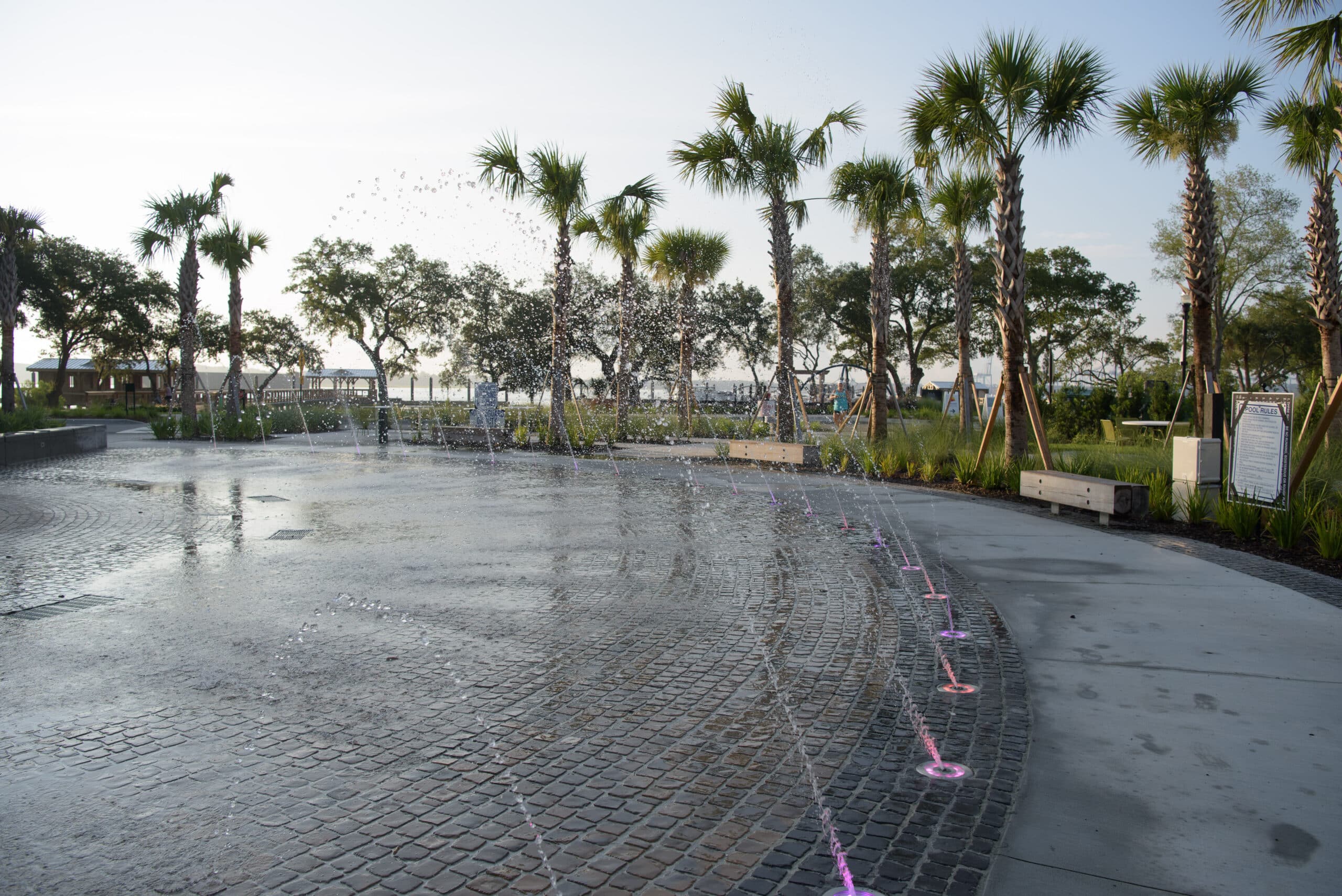Wetlands On Daniel Island
When buying a home on Daniel Island, some owners may not realize that their property contains or is adjacent to a wetland and that whether saltwater or freshwater wetland, they are protected by Federal, State, and local authorities.
Saltwater wetlands, also known as critical areas, by nature are dynamic and are subject to change over time. The critical area shown on a plat or survey is required to be certified by an agent of the Office of Ocean and Coastal Resource Management (OCRM) and the areas are only valid for 5 years from the date of their certification.
If you suspect either jurisdictional waters or wetlands exist on your property, it is recommended that you contact your closing attorney, reference your plat and deed or contact the Daniel Island Architectural Review Board (ARB).
The Big Picture
Since its inception, the development philosophy for Daniel Island included preservation measures for the natural features of the island including marshes, wetlands, and significant trees. The development was carefully planned to align with governing agencies, laws, ordinances, and acts to preserve the natural features of the island. By doing so, diverse open and wooded spaces, marsh views, and treed neighborhoods were created. The natural features preserved even dictated where many of the streets and residential lots could be located, not the other way around. This can easily be seen on the streets and trails that weave around and among the preserved trees, freshwater wetlands, and saltwater marshes. Creating these richly textured environments and visual points of interest is one of the many reasons Daniel Island is so special. The preservation of these environs is another.
The Value of Wetlands
Salt and freshwater wetlands play a critical role in the success of our coastal environment by providing enhancements for a host of plant and wildlife habitats; resting stops for migratory birds; reductions in shoreline erosion; filtration of water runoff prior to reaching open water; and visual and physical enhancements to the property.
On Daniel Island, most salt and freshwater wetlands have buffers and/or setbacks. They are a designated area contiguous or adjacent to a wetland whose purpose is to reduce or restrict activities that could adversely impact the wetland function. Buffers are a crucial component of the wetland systems and should be protected as much as the wetlands. They provide the initial filtering of pollutants such as lawn fertilizer, pet waste, and sediments and help create noise reduction between the wetland and adjacent properties while providing natural vistas and views. The benefits of salt and freshwater buffers and wetlands contribute tremendously to the seen and unseen attributes of our community. Preserving the natural hydrology and plant communities of a wetland is key to its protection. Small changes in a wetland’s environment can have big impacts.
But salt and freshwater wetlands are not limited to just streets and trails. They can be located within or adjacent to a residential property.
Wetland Restrictions and Regulatory Agencies
On Daniel Island, if a wetland or wetland buffer is located on a residential lot, the owner is responsible for abiding by the regulations set forth by the federal, state, and municipal authorities that have jurisdiction over the property. These agencies include but are not limited to, the Army Corps of Engineers, DHEC-OCRM, and the City of Charleston.
Also, each owner by virtue of their deed is required to submit any changes to the exterior of their home to the Architectural Review Board (ARB) for review and approval. This includes any land disturbances or improvements.
Depending on the type of wetland and wetland buffer, different activities/improvements that impact the wetland may or may not be allowed.
Any alterations to your property may not negatively impact wetlands and all activities require review and approval from the governing authorities.
Penalties for damaging the wetlands can include among other things large monetary fines and mitigation requirements depending on the agency.
How do I know if my property has or is adjacent to a wetland?
If you suspect either jurisdictional waters or wetlands exist on your property, it is recommended that you contact your closing attorney, reference your plat and deed or contact the Daniel Island Architectural Review Board (ARB).







